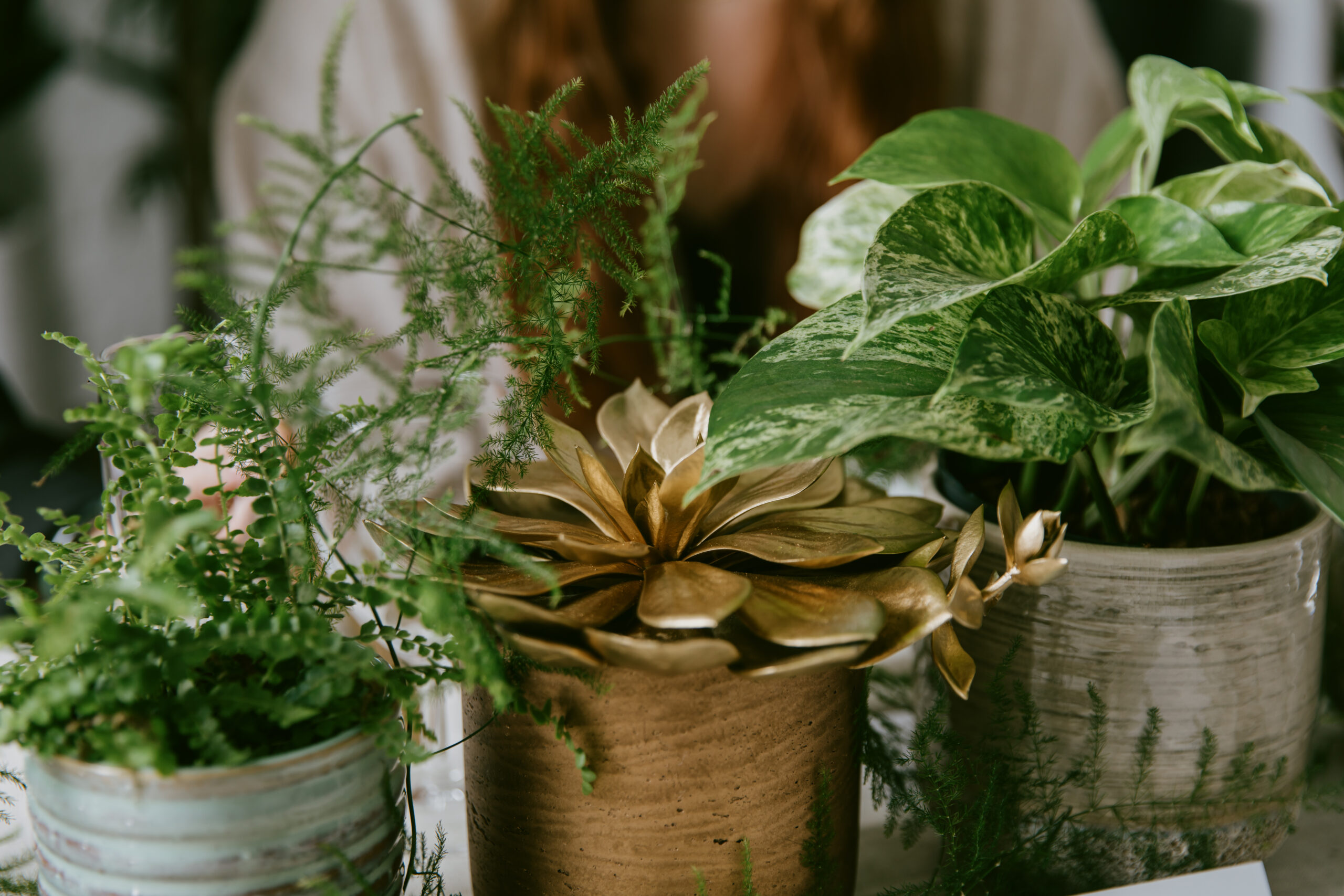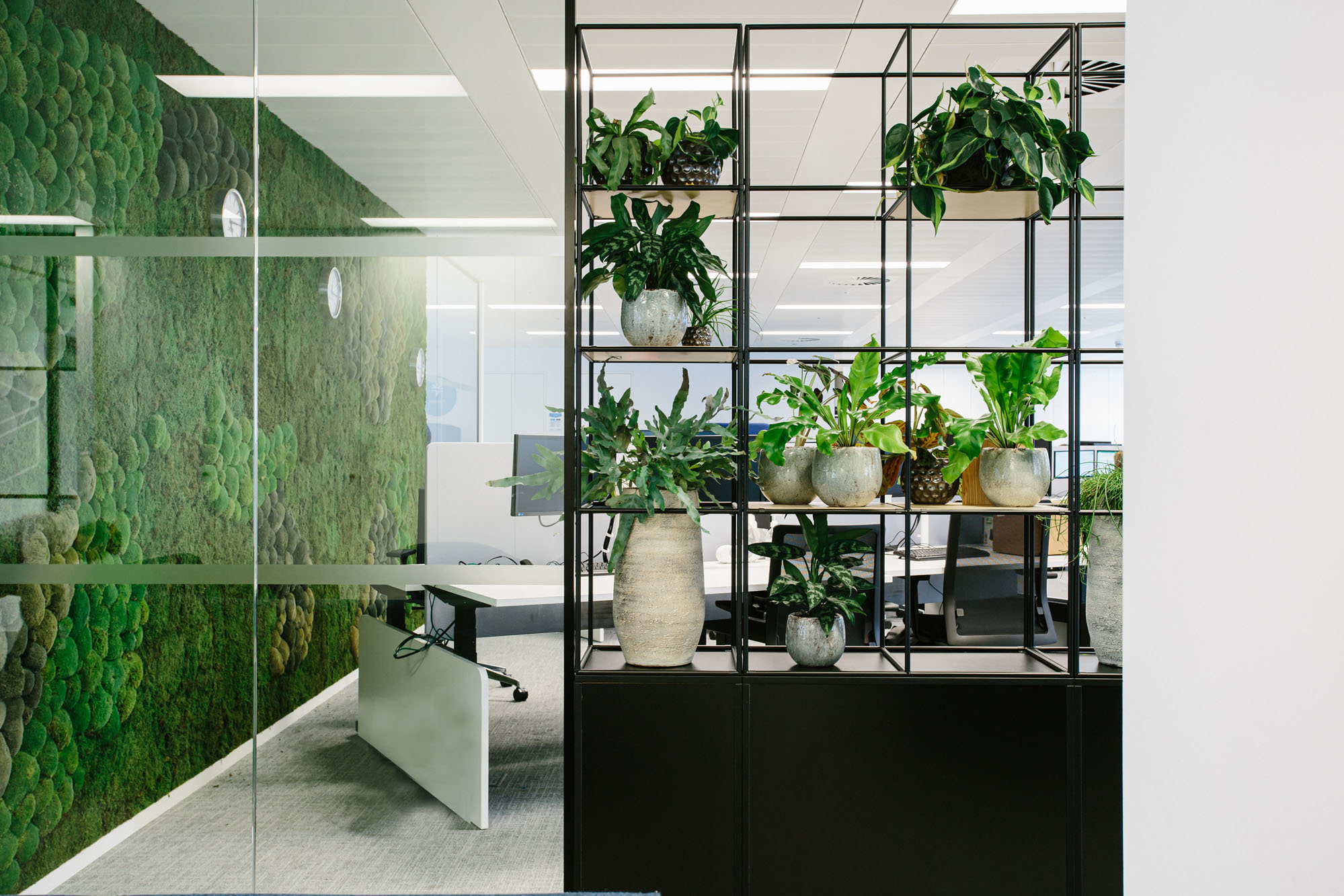
Is your office a home away from home?
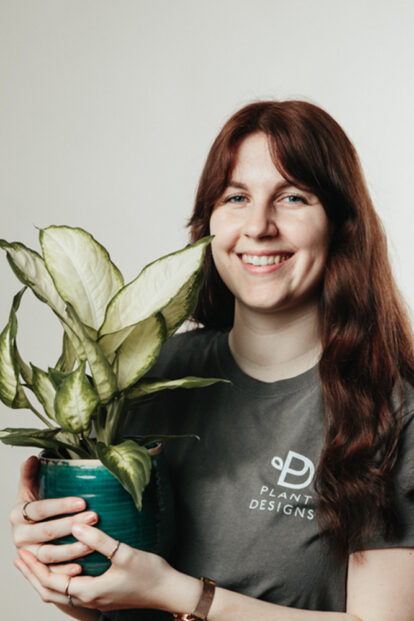
Words by Chloe
Could bringing in the comforts of home be the key to making the most of your workplace?
It’s been reported that 78% of people working from home have noticed an improved work/life balance, so what changes are needed to bring offices into the modern day and compete with the remote working lifestyle?
As companies slowly transition back to in-person working, the move from the comforts and flexibility of the home office to the more structured environment of the workplace can act as a challenge for employees who favour remote working. This can be due to many factors such as familiarity, reduced time and money spent on commuting and ease of routine.
So, the question is, how can companies smoothly aid this transition back into the office? We look at why making corporate spaces a ‘home away from home’ with a specific focus on plants and greenery, could be the answer.
Plants Help Improve Mental and Physical Health
Research and studies have repeatedly highlighted the positive impact of plants in the workspace. Not only do they have an aesthetic appeal, but they also help contribute to a more productive working environment.
Plants enhance wellbeing, are proven to reduce stress, and their presence can contribute to a calmer and more relaxed atmosphere, all factors which are crucial in helping employees to navigate the pressures of work life. According to a study conducted by the University of Hyogo in Japan, the presence of indoor plants in the office significantly reduces psychological and physiological stress among employees, leading to a 24% drop in feelings of anxiety and a 50% decrease in fatigue levels.
In terms of physical health benefits, plants play a role in absorbing harmful pollutants from the air, in particular, snake plants and spider plants have been found to be effective in removing benzene and formaldehyde from indoor environments.
The improved air quality paired with lowered stress levels leads to a reduction in health issues such as respiratory illnesses, headaches, and high blood pressure. This means that employees are not only more likely to want to work from the office, but they feel fighting fit to do so as well, which can only mean good things for your office attendance.
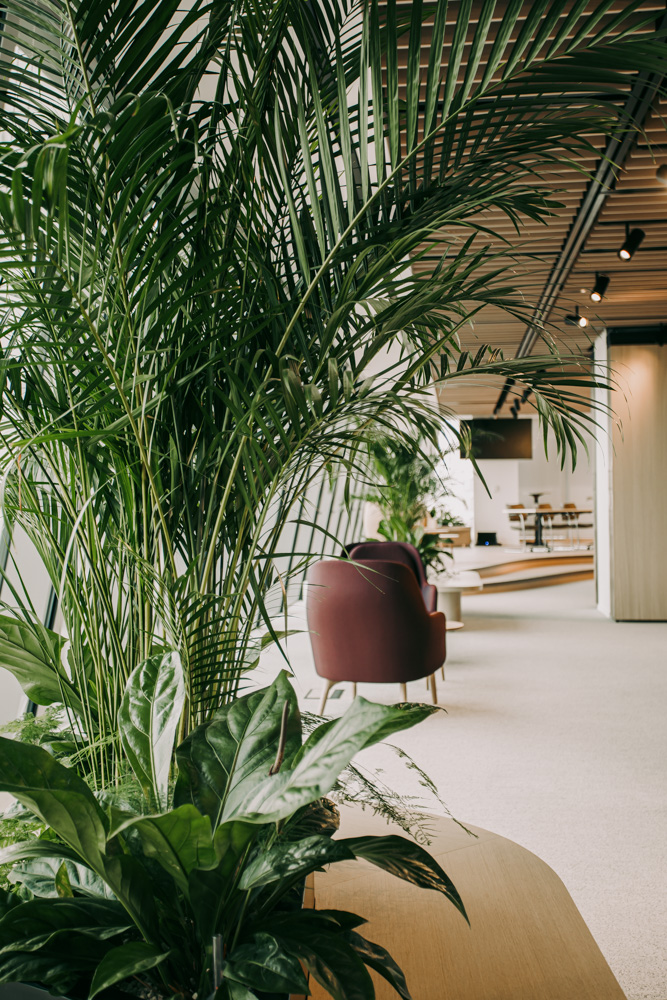
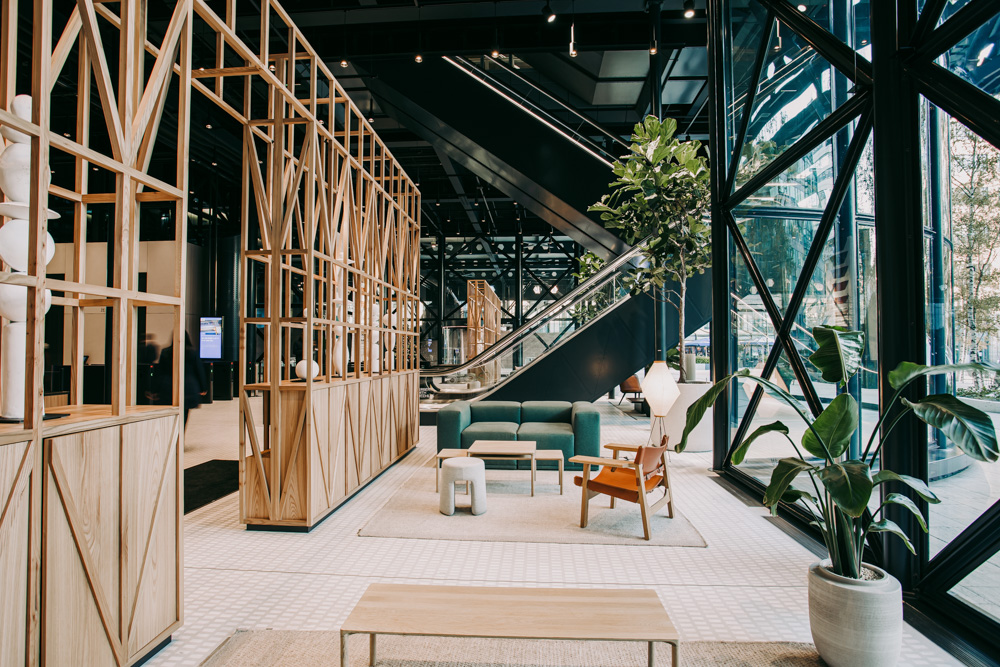
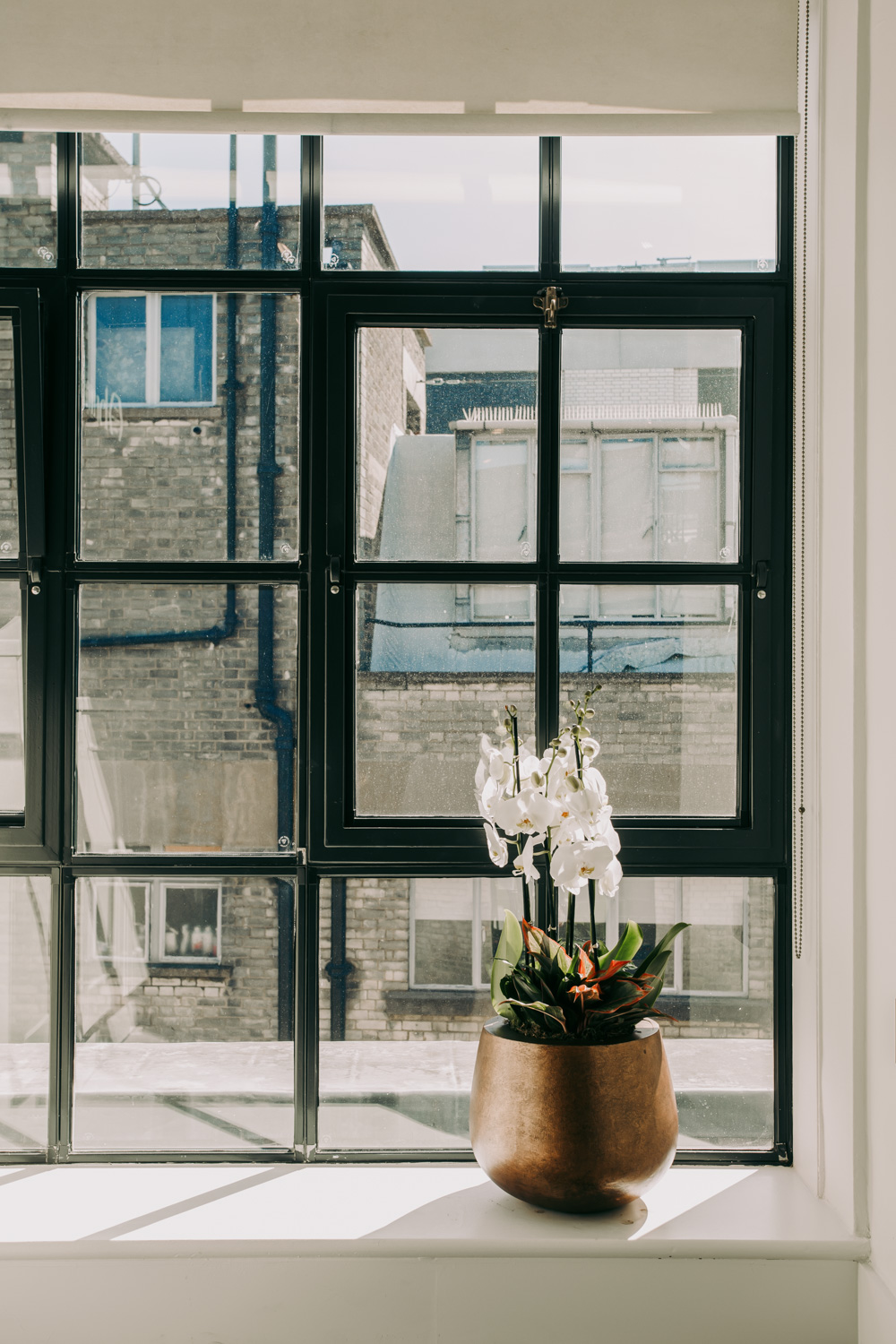
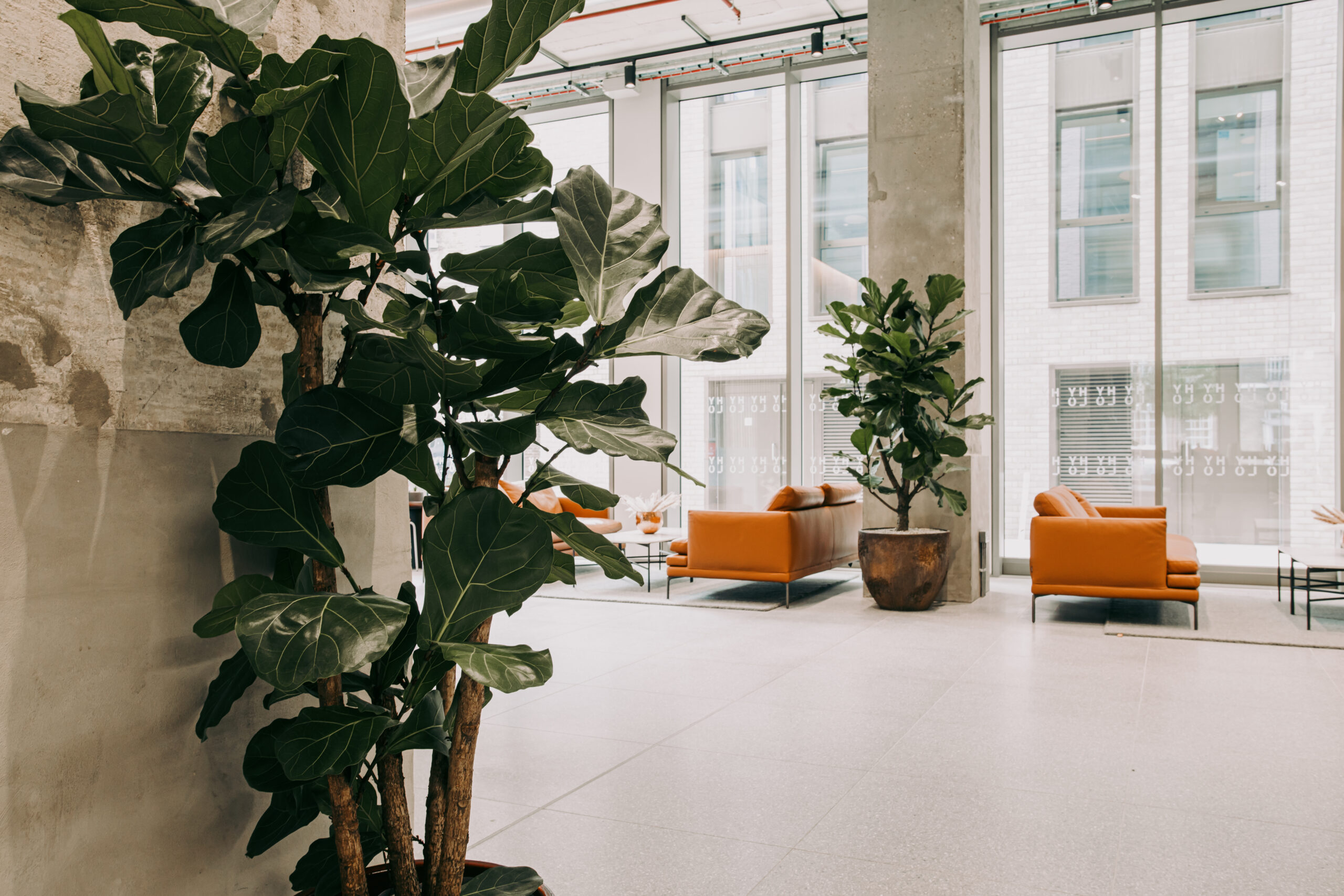
Making Workspaces More Attractive to Employees
To aid employees through the transition from the home office to the company office, employers should consider incorporating familiar home elements into the function and design of the workspace. An effective way to achieve this is through interior planting, which allows a positive change to interiors without the need for costly and long-term remodelling of design schemes.
Below are some of our top tips for bringing home comforts to the workspace, and in turn, making the office more attractive to employees:
Firstly, plants on and around desks can help promote a tidy desk and office space, and therefore a positive outlook on the day. In fact, a study conducted by the University of Technology Sydney revealed that employees who had plants close by in the office reported a 30% increase in feelings of satisfaction and connection to their workspace.
Secondly, the transformation of common areas such as meeting rooms, breakout spaces, and teapoints into green spaces will add visual appeal but also create a space that encourages employees to relax, unwind, and socialise during breaks. This not only aids in having a better day, but much needed breaks through the day will improve concentration and productivity.
Finally, it is essential to make the most of natural light in office spaces. Maximise the benefits of natural light by strategically placing indoor plants near windows and open spaces. This will help to simulate the feeling of an open and airy home environment, building a vital sense of connection with nature despite being indoors.
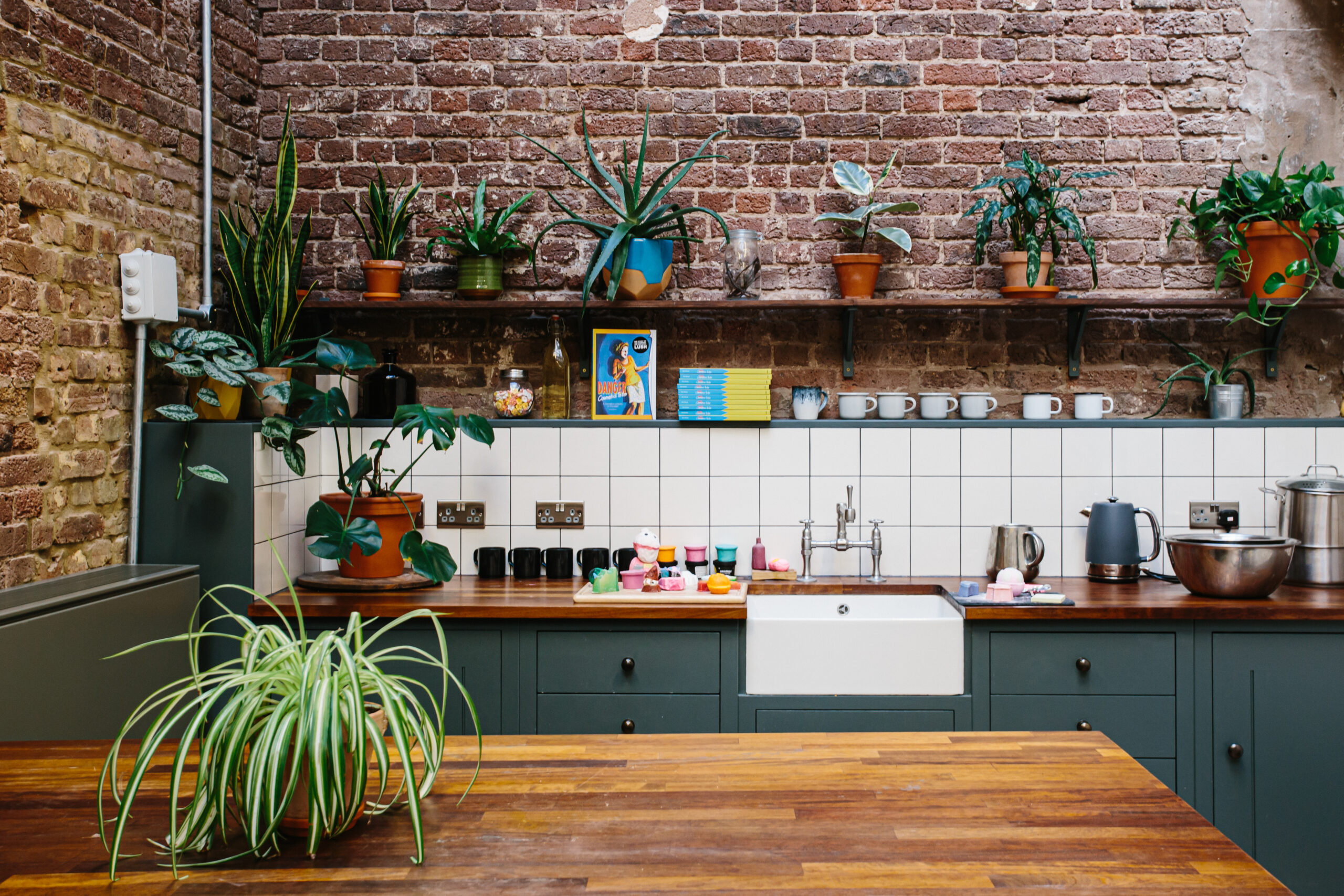
Making the Most of Office Costs
With the increase in homeworking, how do you make the most of your physical office environments? With or without employees in the office, these spaces remain costly to businesses so it’s vital that there are methods in place to ensure you are getting the most out of your workspaces.
In the realm of cost-effectiveness, investing in office plants not only enhances the visual appeal of the workspace and encourages staff in but also contributes to increased creativity and concentration, leading to improved problem-solving abilities and innovative thinking. A carefully curated green environment can inspire employees to think outside the box and help contribute to fresh perspective around their work.
You may not realise it, but the many benefits of plants mentioned in this journal can actually help towards the financial efficiency of your workplace.
Improved respiratory health and cognitive functions will ultimately lead to reduced employee sickness by 14%, as outlined in a study by the Journal of Experimental Psychology. This reduces the need for sickness cover and increases work output. The benefits when it comes to mental health can also lead to an increase in employee satisfaction, and therefore a decrease in turnover rates, saving you on costly recruitment fees and time spent on training replacements.
Beyond benefits to employee wellbeing, plant can offer additional cost benefits such as improved insulation and acoustics, reducing the need for money to be spent on measures against these issues.
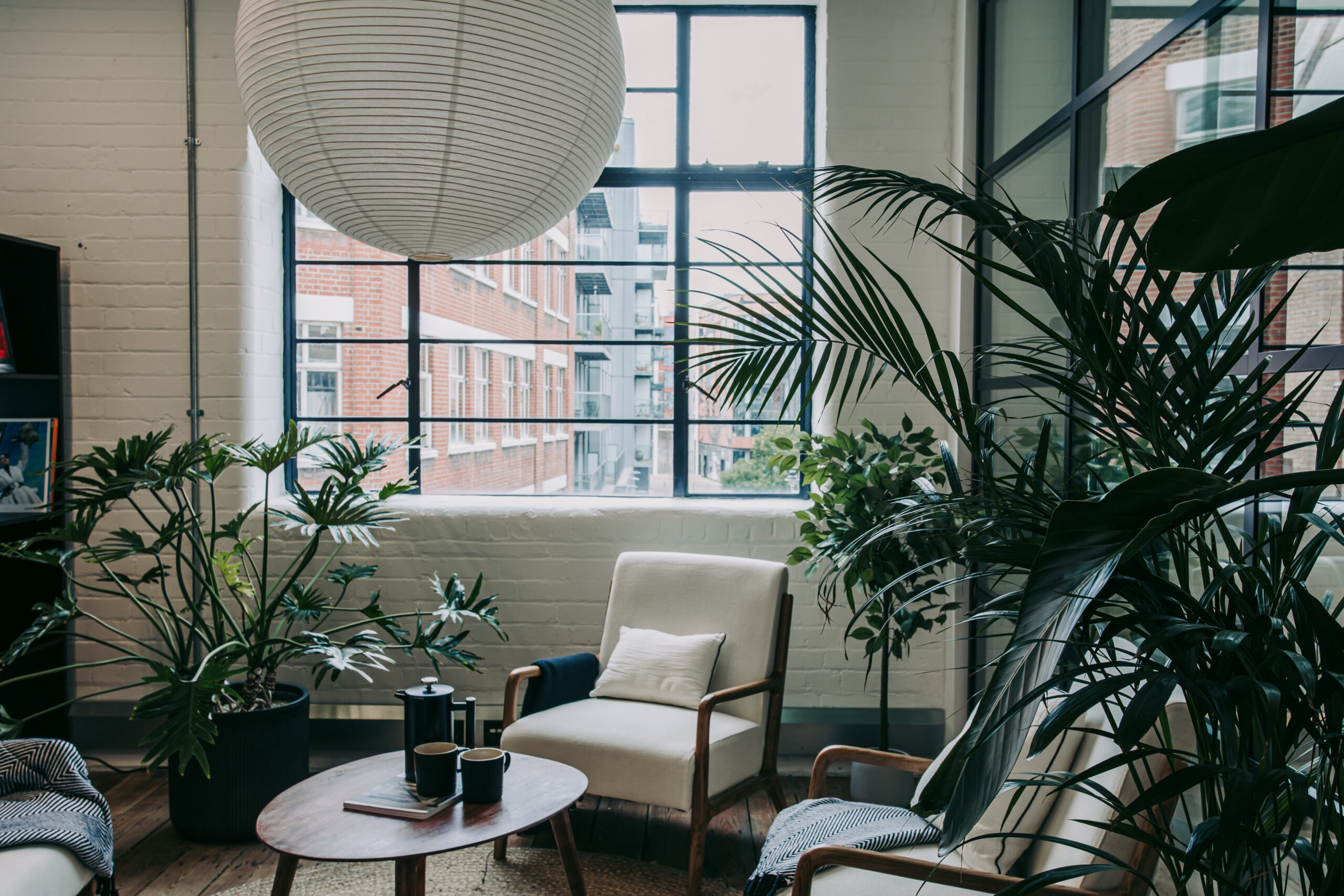
Embracing the Transition Back to the Office
While the return to the office environment may feel daunting for some, integrating elements of home comfort such as plants can significantly ease the transition for employees. By recognising the significance of a well-designed workspace and acknowledging the importance of employee well-being by combining the efficiency of an office with the warmth and familiarity of home, organisations can facilitate a seamless and successful transition back to the office, creating an environment where employees feel acknowledged, inspired, and motivated to thrive.
A survey by the Society for Human Resource Management revealed that employees working in office environments designed to simulate a home-like atmosphere reported a 30% increase in overall job satisfaction and a 15% improvement in task completion efficiency.
Wondering how to transform your workspace into a home-away-from-home environment? That’s where Plant Designs come in.
No matter the budget, vision, or space limitations, our interior landscaping offers something for everyone. As London’s experts in all things greenery, we design, install and care for office planting, so you don’t have to worry about a thing. From potted plants, through to bespoke joinery, moss walls, flowered plants, and even naturally preserved greenery, we’re making London a greener place to live and work.
To discuss how we can bring the benefits of plants to you, and help maximise the use of your workspace in the process, please get in touch by emailing info@plantdesigns.co.uk or filling out our contact form.
Further Reading

